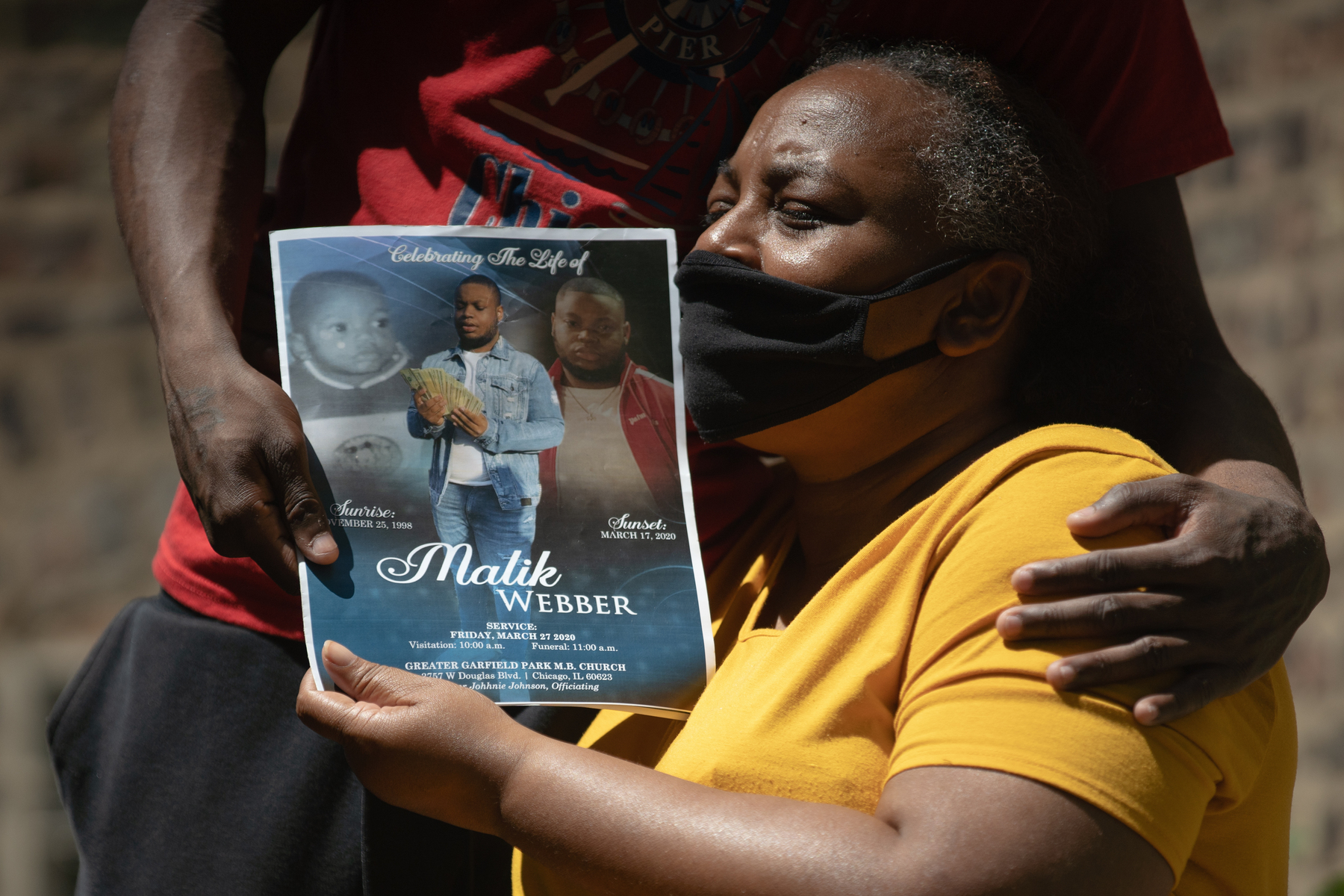Receive this daily news briefing by email every morning. Sign up here.
WHAT TO KNOW TODAY
Conservative militias are “bringing the threat of lethal force to local politics.” So reports The Washington Post in a deep dive on the emergence of right-wing activists who openly carry guns while guarding businesses and patrolling anti-racism protests, in some cases with the overt or tacit blessing of law enforcement. “They’ve… made people feel like they can’t be safe while standing up for Black lives,” said a demonstrator who squared off with members of the new American Wolf militia in Washington state. Across the Pacific Northwest, the paper adds, a handful of militia members and sympathizers hold local office, are running for state legislatures, or leading Republican gubernatorial primaries. In Utah, protest organizers are canceling events to avoid confrontations with a fast-growing militia. The Guardian shines a light on the Utah Citizens’ Alarm, which formed after a Black Lives Matter protest in Provo and has been appearing at other demonstrations around the state, raising concerns that its shows of force are inhibiting free speech. “Short of more overt threats of violence, we usually protect protesters with guns in the same ways we protect protesters without them,” says a law professor. “But if the express goal of the armed individuals is to intimidate people who might otherwise share their views, that’s especially troubling.” Both The Guardian and Washington Post articles note a countertrend: Black Lives Matter organizers and leftist groups are bringing their own guns to rallies.
What do guns mean to gun owners? Researchers have some new insights. A team from the Boston University School of Public Health analyzed a 2019 survey of more than 2,000 gun owners and found that 60 percent of respondents said they own a firearm for self-defense, a finding echoed in previous surveys. Only 10 percent said guns were “important to my overall identity,” but 62 percent said they felt gun reform advocates want to “eliminate aspects of gun culture.” Seven in 10 said they were reluctant to get involved in gun violence prevention efforts because they felt scapegoated by gun reform advocates. Their article was published in the American Journal of Preventive Medicine.
Expanded mass shootings database fleshes out the characteristics of mass shooters. Last year, the Violence Project — a Justice Department-funded research outfit run by two Twin Cities-based criminologists — launched a tool with data on 170 mass shooters (they define the incidents as four or more people killed). That initial dataset identified several commonalities in mass shooters’ backgrounds, including early childhood trauma, an interest in prior mass shooters, and access to guns. For version 2.0, the scholars factored in additional variables, which yielded these takeaways:
- Over 80 percent of shooters were in a noticeable state of crisis prior to their rampage; psychosis directly motivated 11 percent of cases
- 33 percent of perpetrators had a history of domestic violence
- A shooter who had spent more time using guns tended to cause more deaths during their rampage
Congress passes a bill calling for study of societal forces — including gun violence — that impact Black men. The bipartisan Commission on the Social Status of Black Men and Boys Act would have the Department of Justice examine how homicide, gun violence, mass incarceration, police brutality, and other factors have stymied Black mobility. Representative Frederica Wilson, a Democrat, introduced the bill in 2019; Republican Senator Marco Rubio introduced a Senate version later that year. The commission mirrors one they helped enact in Florida in 2006 as state legislators.
After slight dip in weekend shootings, Chicago’s top cop touts “tenuous progress.” At least 57 people were shot between Friday evening and early Monday, the lowest weekend toll this month. Police Superintendent David Brown said the reduction came after the launch of two new units: a 300-officer “community safety team” patrolling violent hotspots on the South and West Sides, and a 250-officer “critical incident response team” to police political protests while beat cops remain in their neighborhoods. “This is not a roving strike force like what CPD has had in the past,” Brown said. “This is a first-of-its kind approach, designed for officers to get to know people and places within each of the unique neighborhoods they serve.”
Remington files for bankruptcy for the second time in as many years. The gunmaker’s Chapter 11 filing was not driven by a slump in gun sales, Second Amendment expert Adam Winkler told The New York Times. “Remington’s problem is mostly a problem of Remington mismanagement and not a reflection of larger trends in the gun world,” he said. The company took on debt and faced skittish investors after one of its rifles was used in the 2012 Sandy Hook shooting, prompting a lawsuit from victims’ families, some of whom are now pressuring Remington’s creditors to allow their case to proceed despite the bankruptcy.
Police bring attempted murder charges in shooting at Colorado rally. Aurora Police arrested a 23-year-old man alleged to have opened fire after a motorist drove into a crowd during a demonstration honoring police shooting victim Elijah McClain. The bullet missed the car, but hit two protesters.
DATA POINT
Only 27 percent of federal, state, local, and tribal law enforcement agencies submitted their data to the FBI for its new report tracking use-of-force incidents in the United States. Participation in the database is voluntary. [FBI]


